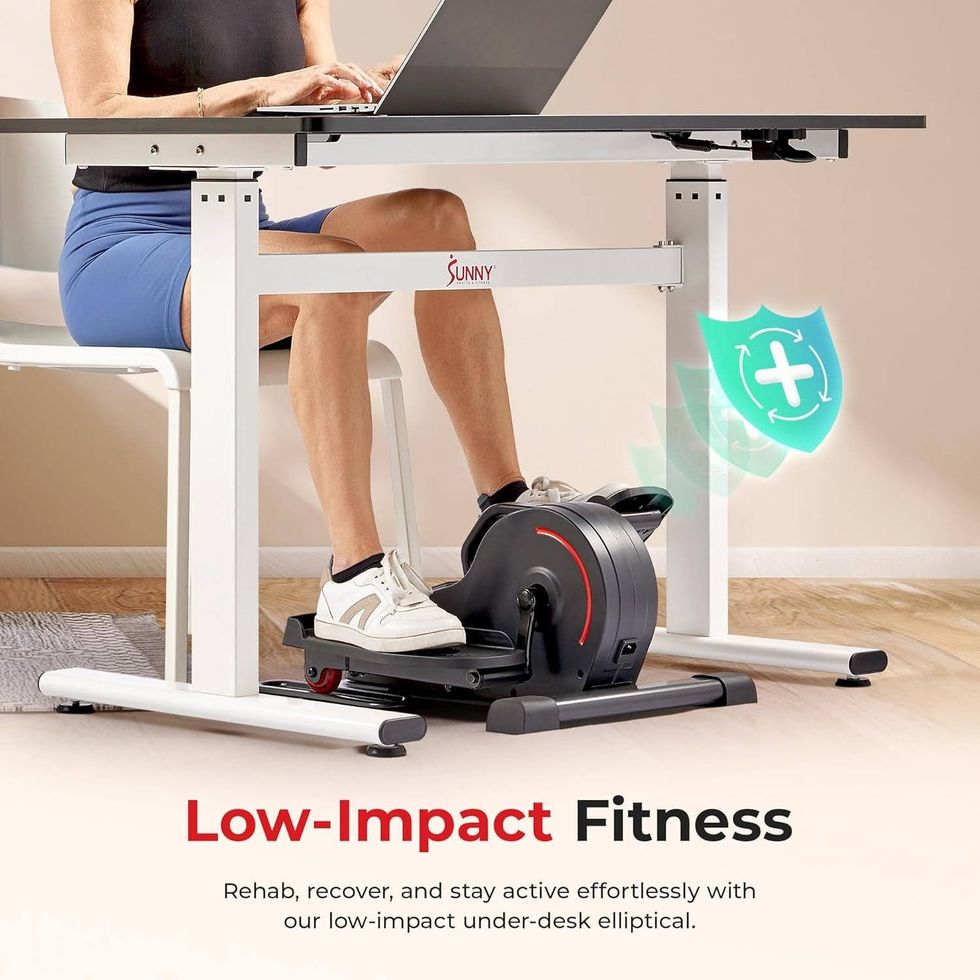UCLA's MNN Project Is Rapidly Advancing AI As We Know It

Imagine that early one morning, you receive an earthquake warning, register the alert, shrug, and go back to sleep because your building knows how to handle quakes. It's been through them before and has learned how to adjust to the experience. This may seem like a sci-fi scenario, but a team of UCLA mechanical engineers has recently created a new material that can adapt to changing circumstances through artificial intelligence.
The material, composed of a latticework of “tunable” beams that can change shape and behavior over time, was dubbed MNN for mechanical neural network. Per a report published Wednesday in Science Robotics, MNN could one day be used in a wide variety of ways, including embedding it in the construction of buildings or airplanes.
The study, authored by UCLA’s Mechanical and Aerospace Engineering department members, stated that the material could adapt and alter itself in reaction to dynamic conditions. According to lead researcher Jonathan B. Hopkins, “research introduces and demonstrates an artificial intelligent material that can learn to exhibit the desired behaviors and properties upon increased exposure to ambient conditions.”
Hopkins writes that the team taught the material how to adapt by borrowing algorithms from the artificial neural networks (ANNs) that power machine learning. MNN is made of beams that can independently adjust themselves woven together. According to the paper, this system has been enabled so it can “change its length, adapt to its changing environment in real time and interact with other beams in the system.”
A UCLA press release about the AI material stated that it is “about the size of a microwave oven,” but researchers will continue simplifying MNN by reducing it to “micro scale” in mind—meaning they are aiming at making it useful in a variety of practical ways.
According to the release, possibilities for future AI material uses—in addition to construction and aircraft engineering—include infusing a type of tactical armor with MNN to handle shockwaves. Which raises the possibility of tactical gear that can deflect the force of projectiles. That’s a sci-fi scenario as well, but one that’s slightly more intimidating than buildings that can withstand an earthquake.- At UCLA, Robots Are Delivering Groceries, Pizza and Coffee - dot.LA ›
- Meet the Young Entrepreneurs Using AI To Offer an Antidote To ... ›
- Fashion Looks to Metaverse for AI Models - dot.LA ›
- Artificial Intelligence Is On the Rise in LA, Report Finds - dot.LA ›
- The 222 App Aims To Bring Serendipity Back to IRL Encounters - dot.LA ›
- Shield AI Draws in $225M, AllGear Digital Collects $40M - dot.LA ›
- Just How 'Necessary' are Humanoid Robots? - dot.LA ›












